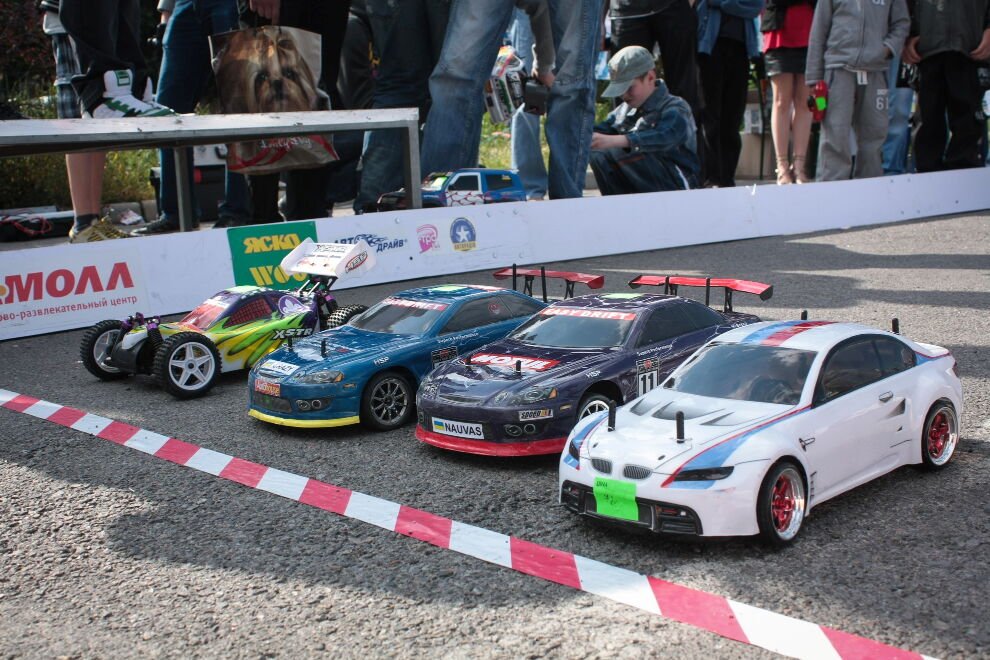Key Facts
- RC drag racing follows regular drag racing but is scaled down.
- To finish fastest from a standing start.
- Speed-focused RC drag cars have aerodynamic features and powerful engines.
- Launch technique and traction are key to success.
- Drag strips measure 132 feet for competitions.
The Essence of RC Drag Racing
RC drag racing is a thrilling motorsport that packs more speed into a smaller package. Racers race on a drag strip in remote-controlled drag cars designed for straight-line speed. The purpose is to accelerate from a stop to the finish line as quickly as possible, demonstrating speed and technique.
Release the Speed: RC Drag Car Power
Specialized Design for Speed
RC drag cars aim for maximum speed. These models glide through the air with their sleek bodies, low ground clearance, and lightweight construction. This particular design lets them attain high speeds rapidly.
High-Powered Engines
The electric or nitro engine powers an RC drag car, giving horsepower and torque. Electric models use brushless motors and high-capacity lithium polymer batteries for quick torque and acceleration. Nitro fuel gives nitro models power and speed for spectacular performances.
Beginning: The Art of Launching
Perfecting the Launch
An RC drag race’s outcome depends on the launch. Mastering throttle control, traction, and timing helps racers start quickly and smoothly, which can decide the winner.
Traction Control
A good launch requires optimal traction. Racers use drag strip-specific tires with traction compounds or additives to boost acceleration.
Speed Meets Precision on the Drag Strip
Design and Length
RC drag strips are usually 132 feet (1/4 mile) long and resemble drag racing. The circuit is designed for straight-line racing with specially prepared surfaces for optimal traction and lanes for each racer, mimicking drag racing.
Timing Systems
RC drag racing requires precise timing. Advanced timing systems measure the time from start to completion. Fair competition and performance analysis are ensured by this precision.
RC Drag Car Racing: Fun and Competition
Competition attracts RC drag racing fans. In organized or casual races, competitors enjoy showing off their vehicles and racing against other speed freaks. The adrenaline rush of watching the lights turn green and launching down the strip thrills racers and spectators.
FAQ
What is RC drag racing?
RC drag racing involves racing fast remote-controlled cars on a straight drag strip to set the fastest time.
How are fast RC drag cars designed?
RC drag vehicles move swiftly and reduce air resistance due to their aerodynamic designs, lightweight materials, and strong engines.
How does launch affect RC drag racing?
Launching correctly sets the tone for the race, and throttle control and timing can greatly affect performance.
How crucial is RC drag racing traction?
Racers employ specific tires and traction additives to maximize drag strip grip for a good start.
RC drag strips: what do they look like?
A 132-foot RC drag strip has lanes and a specially prepared surface for racing.
How is RC drag racing timing measured?
Timing systems properly monitor the time from race start to car finish, assuring fair competition.



